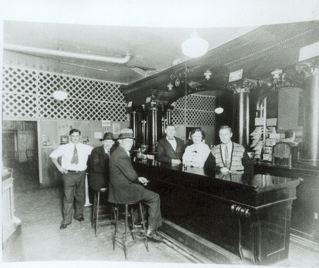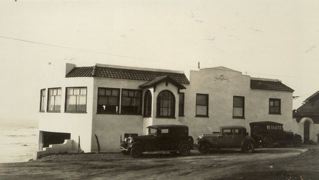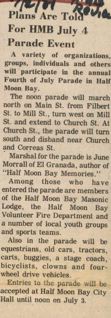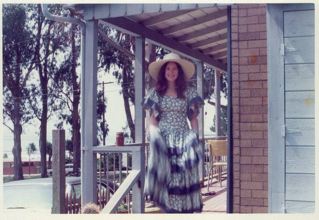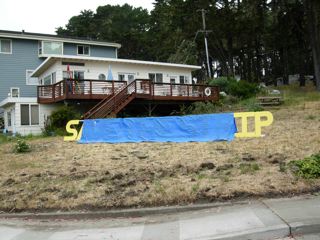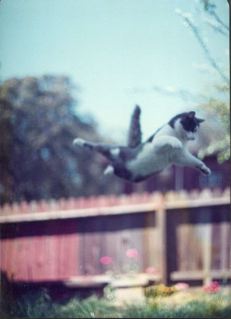 Long before I visited New York City a few months ago I admired the great Broadway actress Elaine Stritch. Most recently she did a one-woman show for HBO and she’s over 80 years-old. She was wearing an oversized white shirt and stockings and heels. The only prop was a bar stool type chair, and in her smoky voice she told stories of dating young, gorgeous Marlon Brando, of wild nights drinking, (she doesn’t drink anymore) and dashing from one fabulous Broadway show to another, both of which she was starring in at the same time.
Long before I visited New York City a few months ago I admired the great Broadway actress Elaine Stritch. Most recently she did a one-woman show for HBO and she’s over 80 years-old. She was wearing an oversized white shirt and stockings and heels. The only prop was a bar stool type chair, and in her smoky voice she told stories of dating young, gorgeous Marlon Brando, of wild nights drinking, (she doesn’t drink anymore) and dashing from one fabulous Broadway show to another, both of which she was starring in at the same time.
Elaine Stritch’s voice is so much her own that I knew I’d recognize it anywhere.
I loved her as Joanne in Stephen Sondheim’s musical comedy, “Company” (1970) and “her” song, “Ladies Who Lunch”–
Especially these lines:
….
“And here’s to the girls who just watch–
Aren’t they the best?
When they get depressed,
It’s a bottle of Scotch,
Plus a little jest.
Another chance to disapprove,
Another brilliant zinger,
Another reason not to move,
Another vodka stinger.
Aaaaaaaaaaaaaaaaaaaaaaahhhhhh!
I’ll drink to that.
….”
Miss Stritch appeared in San Francisco a few years ago and how I regret not seeing the show. I heard it was marvelous. But something much better was in store for me!
While in New York, I stayed with Burt at the sexy Carlyle, famous for John F. Kennedy’s rendezvous with beautiful women. I knew that Elaine Stritch performed in the hotel’s club (and that she lived at the famous hotel, too).
One afternoon I was walking into the hotel when walking in front of me I heard a voice I recognized.
“Elaine Stritch!” I said loudly and boldly. If I have to say so myself I sounded like an old friend of the actress.
Wearing a scarf and a coat on a mild spring day she turned to see who it was.
What to do, what to do, I thought. I didn’t feel so bold anymore.
“Can I hug you?” I said.
“Yes,” she answered and I hugged her.
A younger woman, a daughter? a business manager? was with Miss Stritch, watching the scene unfold with an approving smile.
“What’s your name?” the actress asked me.
“June”.
At that point we parted but moments later ended up getting into the same elevator. We didn’t talk but when she got off and walked away, her back to me, she had a final scene to play. In a loud, clear Broadway voice she said to me:
“GOODbye June.” (said in “that” voice).
Like the great entertainer she is, Elaine Stritch made the most out of those two words (that I will remember forever).

